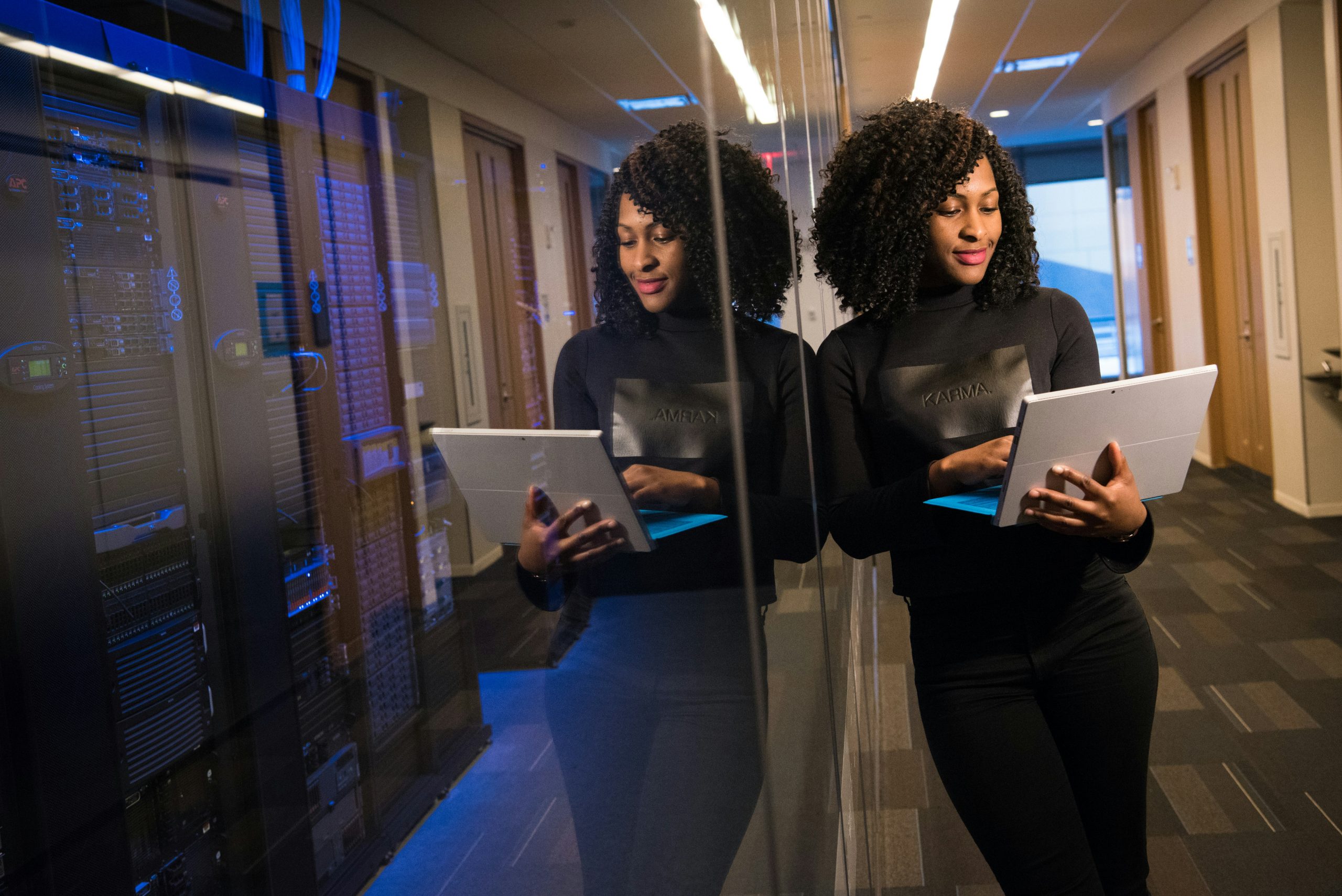
In an age where artificial intelligence (AI) is rapidly integrating into every facet of our work lives, finding the balance between technological advancements and the irreplaceable human touch is more crucial than ever.
Embracing AI doesn’t mean diminishing the value of human skills. Instead, it’s an opportunity to redefine and enhance them.
Let’s delve into how organizations can navigate the evolving workplace dynamics and find a balance between humans and machines.
The Concerns and Opportunities Presented by AI
The rapid advancements in AI have sparked a mix of excitement and apprehension among the workforce. According to the American Psychological Association’s (APA) 2023 Work in America survey, 38% of U.S. workers express concerns about AI rendering their job duties obsolete.
But, alongside these concerns lies a wealth of opportunities. According to the Brookings Institute, “one of the reasons for the growing role of AI is the tremendous opportunities for economic development that it presents. A project undertaken by PriceWaterhouseCoopers estimated that “artificial intelligence technologies could increase global GDP by $15.7 trillion, a full 14%, by 2030.””
How can companies address the worries of employees that AI will replace them while embracing the opportunities of AI?
According to Harvard Business Review, there are three key strategies businesses can use to unlock the true potential of AI: “rebalancing resources, investing in workforce reskilling and, on a larger scale, advancing new models of education and lifelong learning.”
At NimblyWise, we believe in the necessity for new models of education and lifelong learning are necessary to fully capture the benefits of AI.
Critical Human Skills in the AI Era
As we navigate through the advancements in AI, it’s clear that despite its capabilities in data analysis and automation, there are innate human traits it cannot replicate. Emotional intelligence, creativity, empathy, and now, more than ever, the skill of curiosity, particularly how to be curious in the face of ambiguity, stand out as essential human capabilities that AI cannot mimic. These people-centric skills, encompassing critical thinking, collaboration, and genuine connection, distinguish us in a technology-driven world.
At NimblyWise, we recognize the importance of these human skills and place a significant emphasis on fostering curiosity alongside emotional intelligence, creativity, and empathy. We designed our curriculum specifically to empower individuals to excel in an AI-enhanced work environment by encouraging them to embrace curiosity, especially in ambiguous situations. This skill is crucial for navigating the complexities and uncertainties inherent in today’s rapidly evolving workplace.
Sharpening these skills prepares individuals not only to adapt but to thrive. By fostering a mindset that values continuous inquiry and exploration, we ensure that the human workforce remains an invaluable asset in an increasingly AI-driven world.
Collaborating with AI: Finding the Right Balance
AI in the workplace should not be viewed through the lens of dystopian dramas where machines overshadow humanity.
Today, AI serves as a powerful agent for growth and innovation, streamlining routine operations to allow leaders to concentrate on improving employee engagement, performance, and retention, thereby enhancing the overall workplace experience.
The key is in finding the sweet spot where AI’s efficiencies are balanced with human empathy and intuition, ensuring technology serves to amplify, not replace, the human touch.
Preparing for the Change: Cultivating a Learning Culture
The integration of AI into the workplace necessitates a proactive approach to skills development and a culture of continuous learning.
Gartner tells us that “the global skills gap is real and growing.” Where “87% of executives surveyed believe employees are more likely to be augmented than replaced by generative AI.” Those same executives estimate that “40% of their workforce will need to reskill as a result of implementing AI and automation over the next three years.”
Cultivating new learning models and equipping employees with the skills to navigate this transition are vital steps toward building a future-ready organization.
Conclusion: Human Touch in the AI-driven Workplace
As we venture further into the future of work, the power of human-centered skills alongside AI becomes increasingly apparent.
Empathy, creativity, communication, and collaboration stand as pillars that will continue to define the value and uniqueness of the human workforce.
By focusing on enhancing these innate abilities and fostering a culture of learning and adaptation, organizations can not only navigate the uncertainties of the AI era but thrive within it.
In this rapidly evolving narrative, the role of AI in the workplace is not one of replacement but of augmentation.
At NimblyWise, we advocate for a balanced approach where AI’s capabilities are leveraged to enhance human skills, not diminish them. By embracing this perspective, we can allay fears, unlock potential, and pave the way for a workplace that harmoniously blends tech and the human touch for a richer, more productive future.
The journey towards integrating AI into our workplaces is filled with opportunities for growth, innovation, and enhanced human interaction. As we continue to explore this dynamic landscape, let us remember that the most successful organizations will be those that view AI not as a challenger but as a companion in crafting a future of work that values and elevates the human spirit alongside technological progress.
NimblyWise can help with our Real-Time Learning Program. Set up a call to learn more and discuss solutions for your team today.






